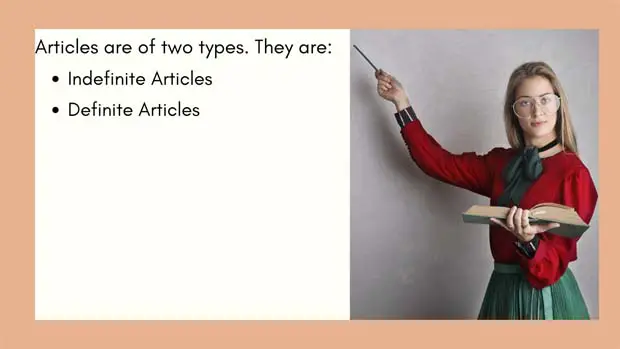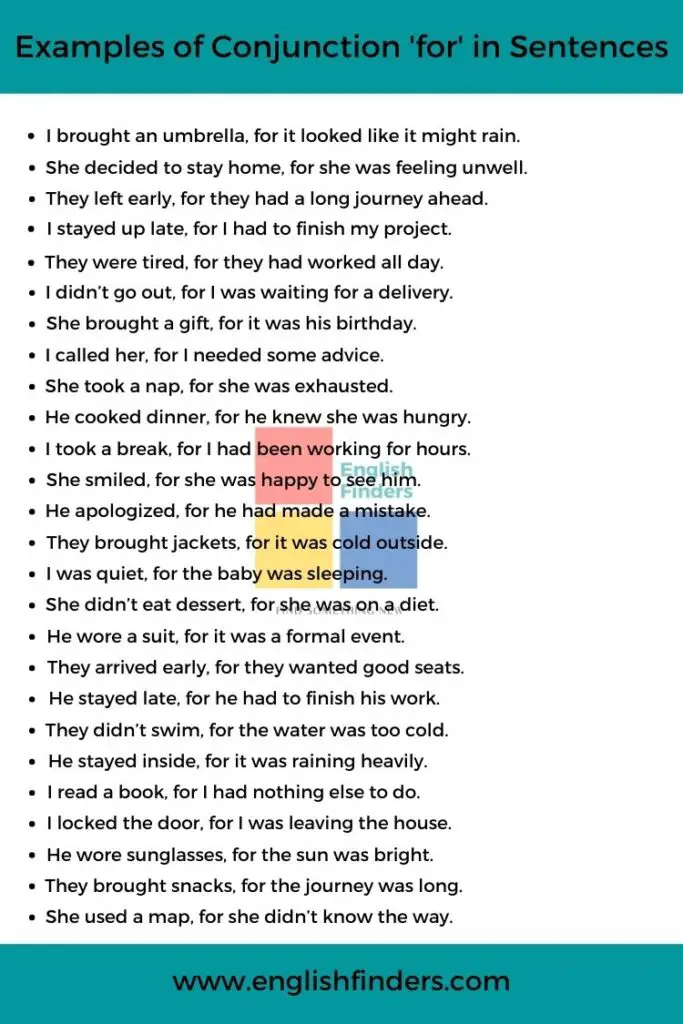Are you someone who becomes confused to identify punctuation marks in English? Either way, you are on the right track. This article will explore English punctuation, giving you a strong foundation to master punctuation.
Whether you’re a student, a professional, or someone wanting to improve your writing skills, this guide will help you understand and apply punctuation rules effectively. Let’s begin this journey to uncover the mysteries of English punctuation!
The Importance of Punctuation
Quick Navigation
Punctuation is not merely a collection of random symbols scattered throughout a sentence. It plays a crucial role in conveying meaning, clarifying relationships between words and ideas, and facilitating smooth and coherent communication. Imagine a world without punctuation; it would be like a jigsaw puzzle with missing pieces, making it difficult to comprehend and interpret written texts accurately.
Most Common Punctuation Marks in English
Let’s walk you through the most common punctuation marks in the English language.
The Period (.)
Let’s start our punctuation journey with the humble period, also known as the full stop. The period is one of English’s most basic and widely used punctuation marks. It serves two primary purposes:
- End of a Sentence: The period is used at the end of a declarative sentence, indicating a complete thought or statement. For example, “I love to write.”
- Abbreviations: The period is also employed to indicate abbreviations. Common examples include “Dr.” for doctor, “Mr.” for mister, and “etc.” for et cetera.
The Comma (,)
Next on our list is the versatile comma. The comma is used to indicate pauses, separate items in a list, and clarify the structure of a sentence. Let’s explore its various applications:
- Separating Items in a List: The comma is used to separate items in a list. For example, “I bought apples, oranges, and bananas from the market.”
- Introductory Phrases: When starting a sentence with an introductory phrase, it must be set apart from the main clause with a comma. For instance, “After finishing my work, I went for a walk.”
- Joining Independent Clauses: A comma should come before any coordinating conjunction (such as “and,” “but,” “or,” etc.) that joins two independent phrases. For example, “She studied hard, but she couldn’t pass the exam.”
- Parenthetical Phrases: Parenthetical phrases that add details but can be omitted without altering the sentence’s main meaning are denoted by commas. For instance, “John, who is my neighbor, loves to play the guitar.”
The Colon (:)
Moving forward, let’s explore the colon and its usage in English punctuation. The colon serves multiple purposes, including:
- Introducing a List: A colon is used to introduce a list of items. For example, “Please buy the following ingredients: flour, sugar, eggs, and milk.”
- Introducing an Explanation or Example: A colon can be used to introduce an explanation or example that elaborates on the preceding statement. For instance, “She had one true passion: painting.”
- Introducing a Quotation: The colon can be used before a quotation, especially in formal writing. For example, “As Winston Churchill once said: ‘Success is not final, failure is not fatal: it is the courage to continue that count.'”
The Question Mark (?)
Now, let’s focus on the question mark, which indicates direct questions and queries to the reader. Here’s how it is employed:
- Direct Questions: The question mark is used at the end of a direct question. For example, “What is your favorite color?”
- Rhetorical Questions: Rhetorical questions do not require an answer and end with a question mark. For instance, “Who doesn’t love ice cream?”
The Exclamation Mark (!)
Our punctuation journey wouldn’t be complete without discussing the exclamation mark. It adds emphasis, expresses strong emotions, and conveys excitement or surprise. Here’s how it is used:
- Exclamatory Sentences: The exclamation mark is used at the end of exclamatory sentences to express strong emotions. For example, “What a beautiful sunset!”
- Interjections: Exclamation marks come after interjections, which are exclamatory words or phrases. For instance, “Wow! That’s incredible!”
Conclusion
Congratulations! You have successfully completed our beginner’s guide to understanding English punctuation. We hope this comprehensive article has equipped you with the necessary knowledge to enhance your writing skills and effectively use punctuation marks. Remember, punctuation is not just a set of rules; it is a powerful tool that can bring clarity and precision to your words. So, embrace the world of punctuation and let your writing shine!
Frequently Asked Questions
What are the essential punctuation marks in English?
How can I improve my understanding and usage of punctuation?
Read extensively: Reading well-written texts can expose you to proper punctuation usage and improve your overall grasp of punctuation rules.
Study punctuation rules: Invest time in studying specific punctuation rules and understand their applications in different contexts.
Seek feedback: Share your writing with others who understand punctuation and ask for feedback and suggestions.
Use resources: Utilize grammar books, style guides, and online resources that provide comprehensive explanations and exercises on punctuation.
Can I use punctuation marks interchangeably in my writing?
Are there any exceptions or special cases in English punctuation?
Quotation marks: Different countries and style guides may have varying rules for the placement of punctuation marks in relation to quotation marks.
Parentheses: When using parentheses within a sentence, the punctuation mark is placed outside the closing parenthesis if the punctuation applies to the entire sentence. However, if the punctuation mark applies only to the content within the parentheses, it is placed inside the closing parenthesis.
Ellipsis: The ellipsis (…) is used to indicate omitted words or unfinished thoughts. It is essential to use it appropriately and avoid overusing it, as it can impact the clarity and flow of your writing.
Is punctuation consistent across all forms of writing?
Additionally, punctuation usage may vary in dialogue or informal writing, where the rules can be more relaxed. It is important to be aware of the specific requirements and conventions of the writing style or context you are working with to ensure accurate and effective punctuation usage.

Azizul Hakim is the founder & CEO of englishfinders.com. He is a passionate writer, English instructor, and content creator. He has completed his graduation and post-graduation in English language and literature.




